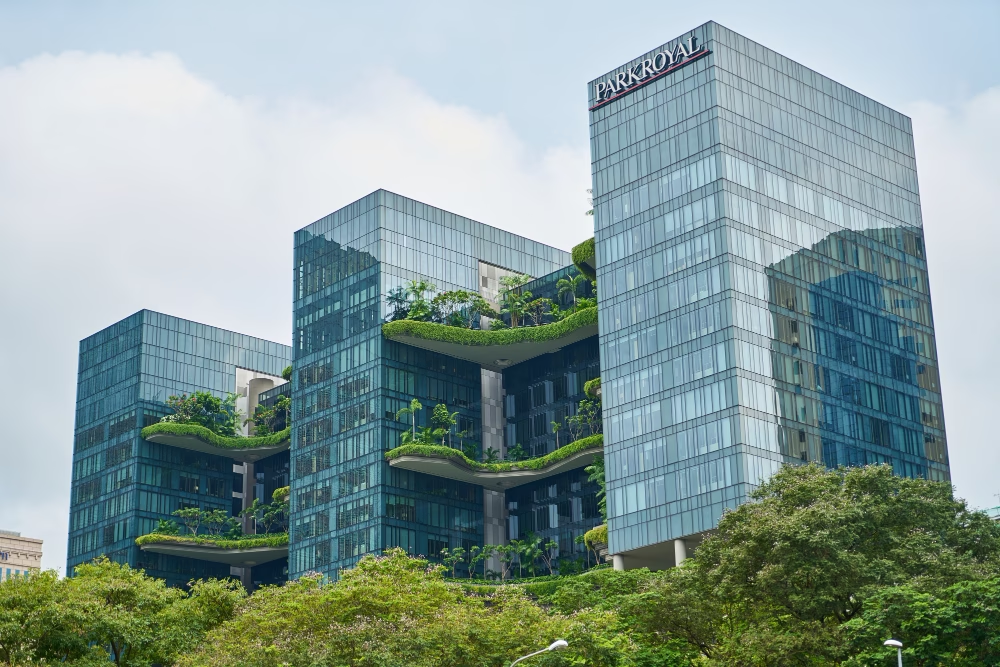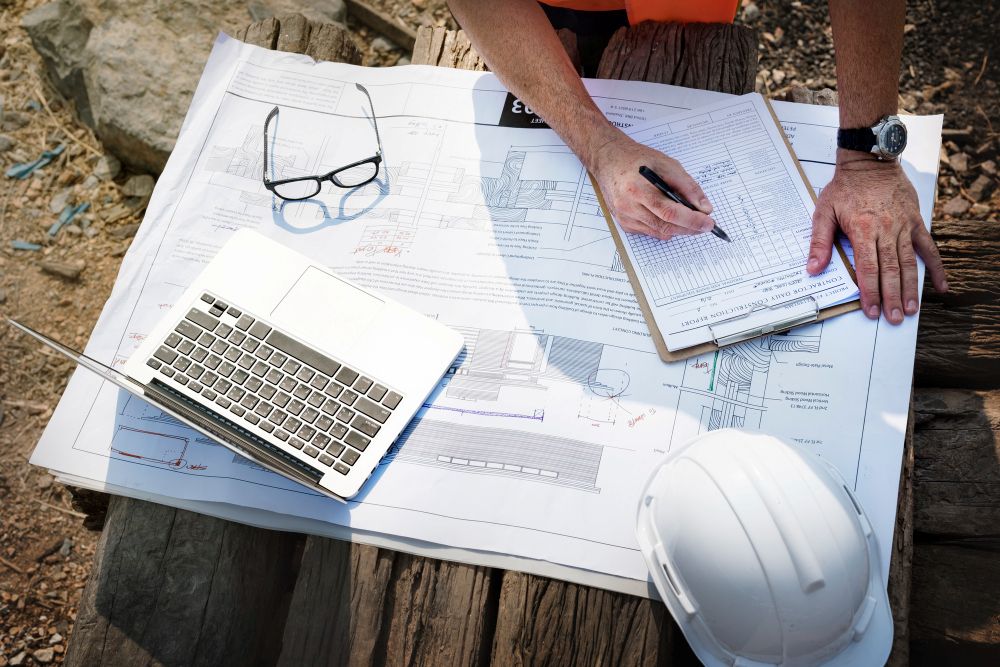
Urban Design Services That Meet Australian Green Building Standards
Discover how urban design services help meet Australian green building standards. Learn how Smart Planning and Design supports sustainable, compliant projects.
read more

In the heart of bustling cities, commercial buildings stand as monuments to commerce—steel, glass, and concrete reaching skyward. Yet atop these structures lies an overlooked goldmine: vast, sun-drenched rooftops. For savvy landlords, these spaces aren’t just weather barriers; they’re engines of passive solar income. By leasing unused roof areas to solar providers, commercial property owners tap into a triple-win: steady revenue, reduced operating costs, and a tangible contribution to sustainability—all without lifting a wrench.
Imagine a downtown office tower. Its roof, typically reserved for HVAC units or forgotten storage, absorbs sunlight for 8–10 hours daily. This idle real estate represents a staggering opportunity. Solar developers actively seek such spaces to install photovoltaic (PV) arrays, covering all upfront costs—panels, wiring, permits, and maintenance. In exchange, landlords receive lease payments, often $1,000–$5,000+ per acre annually, for 20–30 years. It’s a low-risk model turning empty roofs into annuity streams.
The process is elegantly simple. First, a solar developer assesses your roof’s structural integrity and sun exposure. If viable, they draft a lease agreement guaranteeing you fixed payments—immune to energy price swings. They install and manage the system, selling the generated power to the grid or tenants. For landlords, this means zero investment, no operational hassles, and immediate income. A shopping mall owner in Arizona, for instance, earns $72,000 yearly from a 5-acre roof lease while slashing the building’s cooling costs by 15% thanks to the panels’ shade effect.
While lease payments anchor the appeal, smart landlords amplify gains through energy arbitrage. Buildings hosting solar often buy back surplus energy at wholesale rates, trimming utility bills. Others negotiate "green premiums" with eco-conscious tenants, boosting occupancy rates. Critically, solar leases include roof maintenance clauses—extending the roof’s lifespan via provider-funded repairs. This transforms roofs from cost centers into profit centers, enhancing asset value for future sales or refinancing.
Consider a 200,000 sq ft warehouse in Chicago. Its owner partnered with a solar developer to cover 80% of the roof with panels. Results?
Success hinges on smart navigation. Zoning laws vary; cities like Austin fast-track solar permits, while historic districts impose restrictions. Federal tax credits (now 30% via the Inflation Reduction Act) flow to developers, but landlords benefit from lower lease rates. Crucially, contracts must address decommissioning liabilities, roof access during repairs, and liability waivers. Engaging a solar-savvy real estate attorney ensures your interests stay protected while maximizing returns.
Solar leasing isn’t a niche play—it’s scalable strategy. As grids modernize and corporate ESG mandates tighten, demand for urban solar will surge. For commercial landlords, rooftops represent the ultimate underutilized asset. By leasing to solar providers, you monetize emptiness, future-proof your property, and join the clean energy transition—one sunbeam at a time.

Discover how urban design services help meet Australian green building standards. Learn how Smart Planning and Design supports sustainable, compliant projects.
read more

Discover the benefits of mixed-use developments in town planning Australia. Learn how they boost convenience, sustainability, and community connection.
read more

Discover why feasibility studies are essential in town planning Australia. Learn how they save time, reduce risks, and improve approval chances.
read more